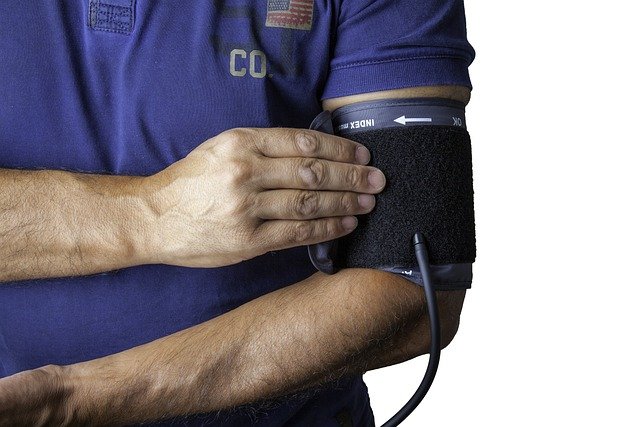Lung Cancer: What to Watch For and How It's Treated
Lung cancer is a serious condition, but early detection and modern therapies significantly improve outcomes. Learn how symptoms are identified, what treatments are available, and which options — from surgery to targeted therapies — are recommended for different stages of lung cancer.

What Are the Early Signs of Lung Cancer?
Recognizing the early signs of lung cancer is crucial for timely intervention and improved prognosis. While some individuals may not experience noticeable symptoms in the early stages, others might exhibit one or more of the following:
-
Persistent cough that worsens over time
-
Coughing up blood or rust-colored sputum
-
Chest pain that intensifies with deep breathing, coughing, or laughing
-
Hoarseness or changes in voice
-
Shortness of breath or wheezing
-
Recurring respiratory infections such as bronchitis or pneumonia
-
Unexplained weight loss and loss of appetite
It’s important to note that these symptoms can also be associated with other respiratory conditions. However, if you experience any of these signs, especially if you’re at high risk for lung cancer due to smoking or other factors, it’s crucial to consult a healthcare professional promptly.
What Role Does Early Screening and Diagnosis Play?
Early screening and diagnosis play a pivotal role in improving lung cancer outcomes. Regular screenings can detect lung cancer before symptoms appear, often when the disease is in its earliest and most treatable stages. The U.S. Preventive Services Task Force recommends annual lung cancer screening with low-dose computed tomography (LDCT) for adults aged 50 to 80 who have a 20 pack-year smoking history and currently smoke or have quit within the past 15 years.
Early diagnosis through screening offers several benefits:
-
Increased chances of detecting cancer at a localized stage
-
More treatment options available
-
Improved survival rates
-
Reduced need for aggressive treatments
-
Better quality of life during and after treatment
For those who meet the screening criteria, discussing the benefits and potential risks of lung cancer screening with a healthcare provider is essential. They can help determine if screening is appropriate based on individual risk factors and overall health status.
What Are the Modern Treatment Options Available?
Advancements in medical technology and research have led to a wide range of modern treatment options for lung cancer. The choice of treatment depends on various factors, including the type and stage of lung cancer, the patient’s overall health, and personal preferences. Some of the most common modern treatment options include:
-
Surgery: For early-stage lung cancers, surgical removal of the tumor and surrounding tissue may be recommended. Minimally invasive techniques, such as video-assisted thoracoscopic surgery (VATS), have reduced recovery times and complications.
-
Radiation Therapy: High-energy beams are used to kill cancer cells. Modern techniques like stereotactic body radiotherapy (SBRT) can deliver precise, high doses of radiation to tumors while minimizing damage to surrounding healthy tissue.
-
Chemotherapy: Drugs are used to kill cancer cells throughout the body. Newer chemotherapy drugs and combinations have improved efficacy and reduced side effects.
-
Targeted Therapy: These drugs target specific genetic mutations or proteins that drive cancer growth. They often have fewer side effects than traditional chemotherapy.
-
Immunotherapy: This treatment stimulates the body’s immune system to recognize and attack cancer cells. It has shown promising results in some patients with advanced lung cancer.
-
Combination Therapies: Many patients receive a combination of these treatments, tailored to their specific case and needs.
How Do Targeted Therapy and Chemotherapy Compare?
Targeted therapy and chemotherapy are two distinct approaches to treating lung cancer, each with its own advantages and considerations. Understanding the differences between these treatments can help patients and healthcare providers make informed decisions about the most appropriate course of action.
| Aspect | Targeted Therapy | Chemotherapy |
|---|---|---|
| Mechanism | Targets specific genetic mutations or proteins | Attacks all rapidly dividing cells |
| Specificity | More precise, focuses on cancer cells | Less specific, affects both cancer and healthy cells |
| Side Effects | Generally fewer and less severe | Often more widespread and severe |
| Administration | Usually oral medications | Typically intravenous, sometimes oral |
| Efficacy | High in patients with specific genetic markers | Broad effectiveness across various cancer types |
| Treatment Duration | Often longer-term or continuous | Usually given in cycles with rest periods |
| Resistance | Can develop over time | Can also develop resistance |
Prices, rates, or cost estimates mentioned in this article are based on the latest available information but may change over time. Independent research is advised before making financial decisions.
The choice between targeted therapy and chemotherapy depends on various factors, including the specific type and stage of lung cancer, the presence of targetable genetic mutations, and the patient’s overall health. In many cases, a combination of these therapies may be recommended for optimal results.
In conclusion, lung cancer remains a significant health concern, but advancements in early detection and treatment have greatly improved patient outcomes. By understanding the early signs of lung cancer, the importance of screening, and the range of modern treatment options available, individuals can take proactive steps towards better lung health and more effective cancer management if diagnosed. Always consult with healthcare professionals for personalized advice and treatment plans tailored to individual circumstances.
This article is for informational purposes only and should not be considered medical advice. Please consult a qualified healthcare professional for personalized guidance and treatment.




